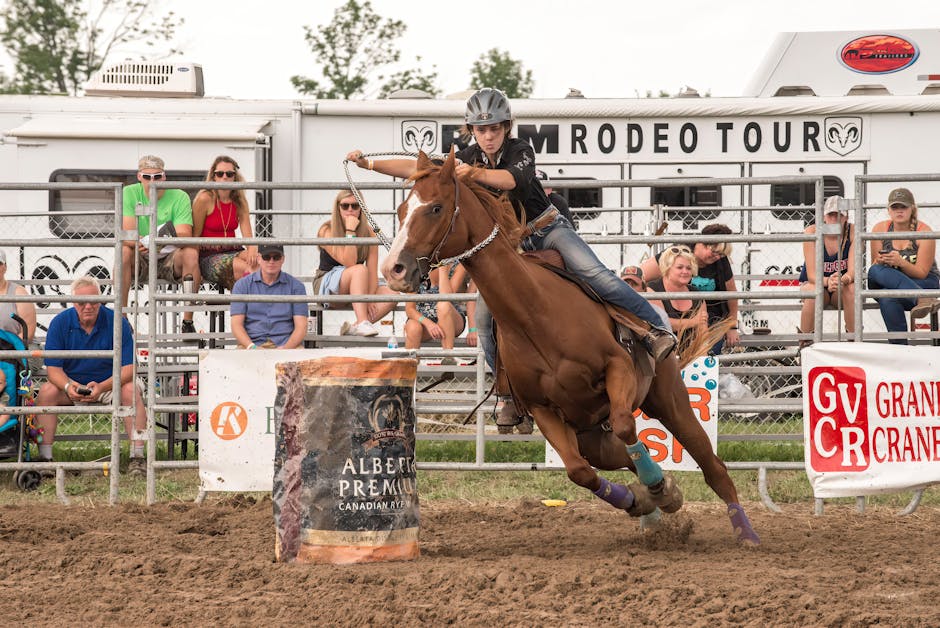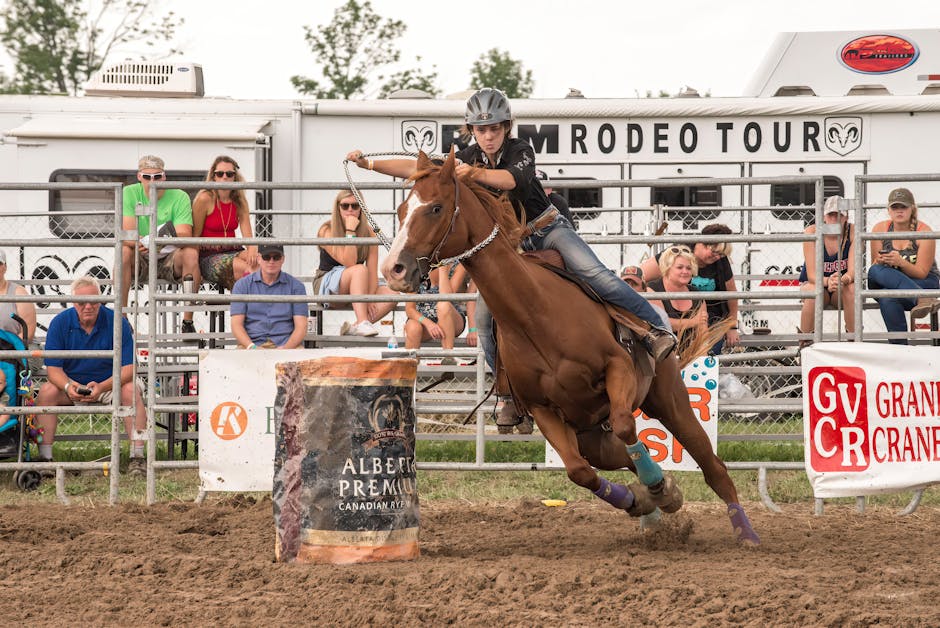Speed Sport Timing: Precision, Technology, and the Pursuit of Perfection
In the exhilarating world of competitive sports, where milliseconds can determine victory or defeat, speed sport timing plays a pivotal role. It’s more than just a stopwatch; it’s a sophisticated system of technology, precision engineering, and meticulous data analysis, ensuring fair competition and accurate results. From the roar of the engines in Formula 1 to the split-second decisions in track cycling, accurate timing is paramount. This comprehensive guide delves into the intricacies of speed sport timing, exploring its history, technological advancements, applications across diverse sports, and the future of this crucial element of competition.
A Brief History of Speed Sport Timing
The evolution of speed sport timing mirrors technological progress. Initially, manual methods such as stopwatches were employed, prone to human error and limited accuracy. However, as technology advanced, so did the methods of timing. The introduction of photoelectric cells in the early 20th century marked a significant breakthrough, providing a more objective and precise measurement of time. These cells sensed the interruption of a light beam, triggered by an athlete or vehicle passing a designated point, and recorded the time with greater accuracy than human observation ever could.

The advent of electronic timing systems further revolutionized the field. These systems utilize advanced sensors and sophisticated software to capture and analyze data with incredible precision, often down to thousandths of a second. The development of transponders, small electronic devices attached to athletes or vehicles, allowed for automatic tracking and timing, eliminating the need for manual intervention and further reducing the margin of error.

The Technology Behind Speed Sport Timing
Modern speed sport timing systems rely on a complex interplay of technologies working in harmony. Key components include:
- Sensors: These are the eyes and ears of the system, detecting the passage of athletes or vehicles. Photoelectric cells, infrared sensors, and radar systems are commonly used, each offering unique advantages depending on the specific application.
- Transponders: These small, electronically tagged devices, attached to competitors or their equipment, transmit unique identification codes and time data to the timing system. This allows for accurate identification and timing of each participant, even in crowded events.
- Data Acquisition Systems: These systems gather data from the sensors and transponders, storing and processing it for subsequent analysis. They can handle vast quantities of data, ensuring accurate and reliable results.
- Software and Algorithms: Sophisticated software algorithms are crucial for analyzing the collected data, generating final results, and handling any potential anomalies. These systems often incorporate error detection and correction mechanisms to maintain accuracy.
- Display Systems: Real-time displays showcase results to spectators and officials, enhancing the viewing experience and providing immediate feedback on performance.
Applications Across Diverse Sports
Speed sport timing is indispensable across a wide spectrum of sporting disciplines. Some prominent examples include:
- Athletics (Track and Field): Timing is critical in sprints, hurdles, and relay races, determining winners with pinpoint accuracy.
- Swimming: Touchpads at the end of each lane record precise finishing times, ensuring fair competition.
- Cycling: Photoelectric cells and transponders are used to time cyclists in sprints and individual time trials.
- Motorsports (Formula 1, NASCAR, etc.): Sophisticated timing systems measure lap times, speed, and other performance metrics with extreme precision.
- Skiing and Snowboarding: Time is measured from start to finish, often with multiple checkpoints for intermediate timing.
- Equestrian Sports: Timing systems are used to measure the time taken to complete courses in various equestrian events.
Challenges and Future Trends
While speed sport timing has achieved remarkable levels of accuracy, certain challenges remain. Ensuring consistent performance across various environmental conditions, improving the robustness of systems to prevent malfunctions, and maintaining data integrity are ongoing considerations.

Future trends point towards even greater precision and integration of technology. The use of artificial intelligence (AI) to analyze data and identify potential errors is a promising area of development. The integration of wearable sensors could offer more granular data on athlete performance. Furthermore, the application of cloud computing allows for real-time data sharing and analysis on a global scale, facilitating the comparison of results and the analysis of performance trends.
Conclusion
Speed sport timing is an indispensable component of modern competitive sports. Its evolution from rudimentary manual methods to sophisticated technological systems reflects the ongoing pursuit of accuracy and fairness. As technology continues to advance, we can anticipate even more precise and integrated timing systems, further enhancing the integrity and excitement of sporting events globally.

